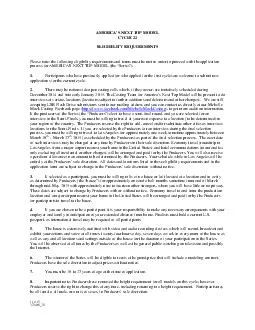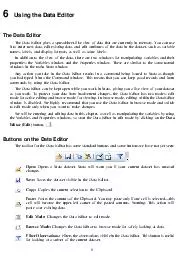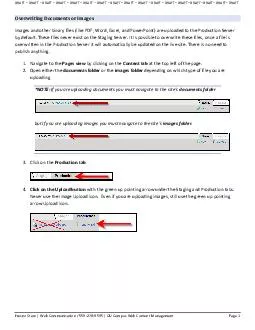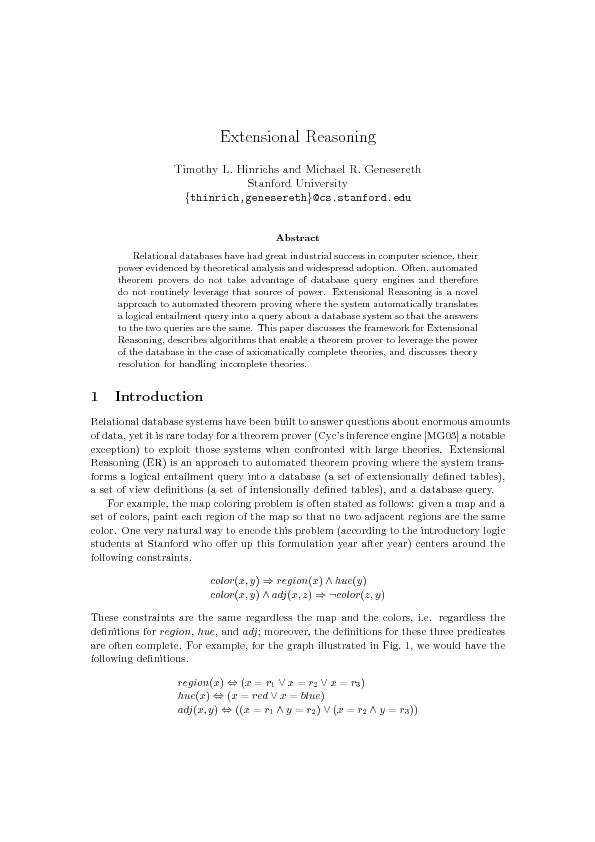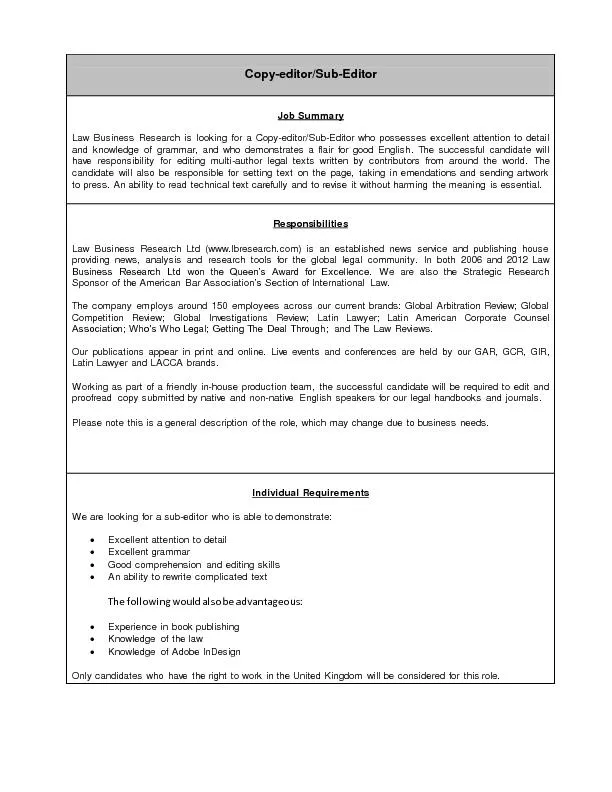PPT-Plans for next Editor’s draft
Author : yoshiko-marsland | Published Date : 2017-10-11
Version 1 Stephen Haddock January 19 2017 1 Selected plans for AXRevd01 ReIncorporate WaittoRestore timer Micks MUX state machine ISS Status parameters actorAdminX
Presentation Embed Code
Download Presentation
Download Presentation The PPT/PDF document "Plans for next Editor’s draft" is the property of its rightful owner. Permission is granted to download and print the materials on this website for personal, non-commercial use only, and to display it on your personal computer provided you do not modify the materials and that you retain all copyright notices contained in the materials. By downloading content from our website, you accept the terms of this agreement.
Plans for next Editor’s draft: Transcript
Download Rules Of Document
"Plans for next Editor’s draft"The content belongs to its owner. You may download and print it for personal use, without modification, and keep all copyright notices. By downloading, you agree to these terms.
Related Documents





